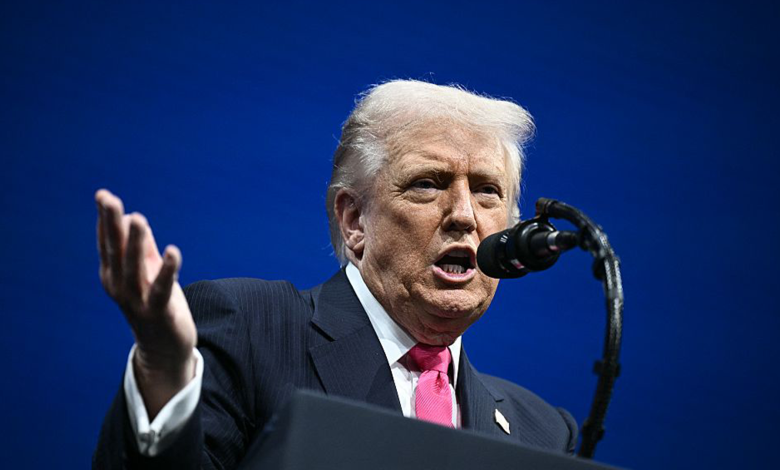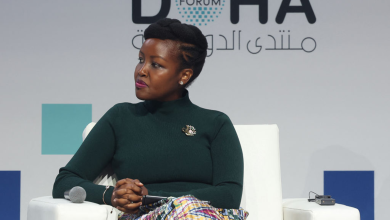President Donald Trump Says $2,000 Tariff Dividend Checks Could Arrive By Mid-2026 — Here’s What We Know – AfroTech


Americans may have to wait until next year to learn whether a proposed $2,000 tariff-funded dividend check becomes a reality, according to new comments from President Donald Trump.
President Trump told reporters in the Oval Office on Monday, Nov. 17, that his administration is preparing for what he described as “dividends” tied to national tariff revenue, USA TODAY reports. He said the goal is to send “thousands of dollars” to Americans, estimating that the earliest timeline would be sometime around mid-2026.
According to the outlet, during his conversation with the press, Trump said the government expects to start issuing payments “probably in the middle of next year, a little bit later than that,” adding that the proposed amounts would specifically support “moderate income, middle income” households. His remarks echo messaging he has repeated for months, including a Nov. 10 post on Truth Social where he said $2,000 checks would go to “low and middle income USA Citizens.”
The idea of giving taxpayers a portion of tariff revenue was first mentioned in July, as AFROTECH™ previously reported, when Trump suggested that funds collected from tariffs might support a rebate. According to USA TODAY, Trump said the expanded tariffs, similar to those enacted during his first term, would primarily be used to reduce the national debt but could also include a rebate payment. He later brought up the concept again while discussing the possibility of larger dividend-style payments.
But even within the administration, questions remain about whether such checks can be delivered. Treasury Secretary Scott Bessent addressed the topic on Fox News’ “Sunday Morning Futures” on Nov. 16. Asked whether the $2,000 dividend plan is on track, Bessent said “we will see,” noting that Congress would still need to pass legislation to authorize the payments. He referred to the potential beneficiaries as “working families” and said the checks “could go out” if lawmakers approve.
Financial analysts outside the administration have also raised concerns, not about the idea itself, but about the math behind it, as USA TODAY notes. The Committee for a Responsible Federal Budget (CRFB), a nonpartisan fiscal watchdog, estimates that tariff revenue so far totals around $100 billion and isn’t enough to cover a rebate, according to its report. To deliver nationwide $2,000 dividend checks, the organization says revenue would need to reach closer to $600 billion.
Scott Lincicome, an economist at the Cato Institute, a libertarian think tank, has reviewed current import volumes and tariff collections and estimates that tariffs generate roughly $30 billion a month, which is still far below the projected threshold for such payments, USA TODAY reports. His review also notes that Americans ultimately pay the cost of tariffs through higher prices, meaning any rebates would be returning money consumers have already spent. He also points out that congressional approval would be required before any tariff dividend checks could be issued in 2026.
Long-term projections tell a more positive story, at least for reducing national debt. The Congressional Budget Office, according to a report update, estimates that tariffs could generate $3.3 trillion over the next decade, with total value of $4 trillion, potentially saving the government even more by reducing interest payments on federal debt. These projections, however, do not determine whether short-term rebates are possible or politically viable.
Prediction markets are also skeptical. According to USA TODAY, Polymarket activity shows low confidence that any tariff dividend checks will be sent before March 2026, with current trading reflecting only a 4% chance that tariffs will generate more than $250 billion in 2025, a significant drop from earlier expectations of 35% in April. The outlet also states that Kalshi traders appear similarly unconvinced and are also wagering on whether the Supreme Court will ultimately uphold the administration’s ability to maintain the tariffs. Many of the justices had showed skepticism during oral arguments on Nov. 5 that Trump has that power.




